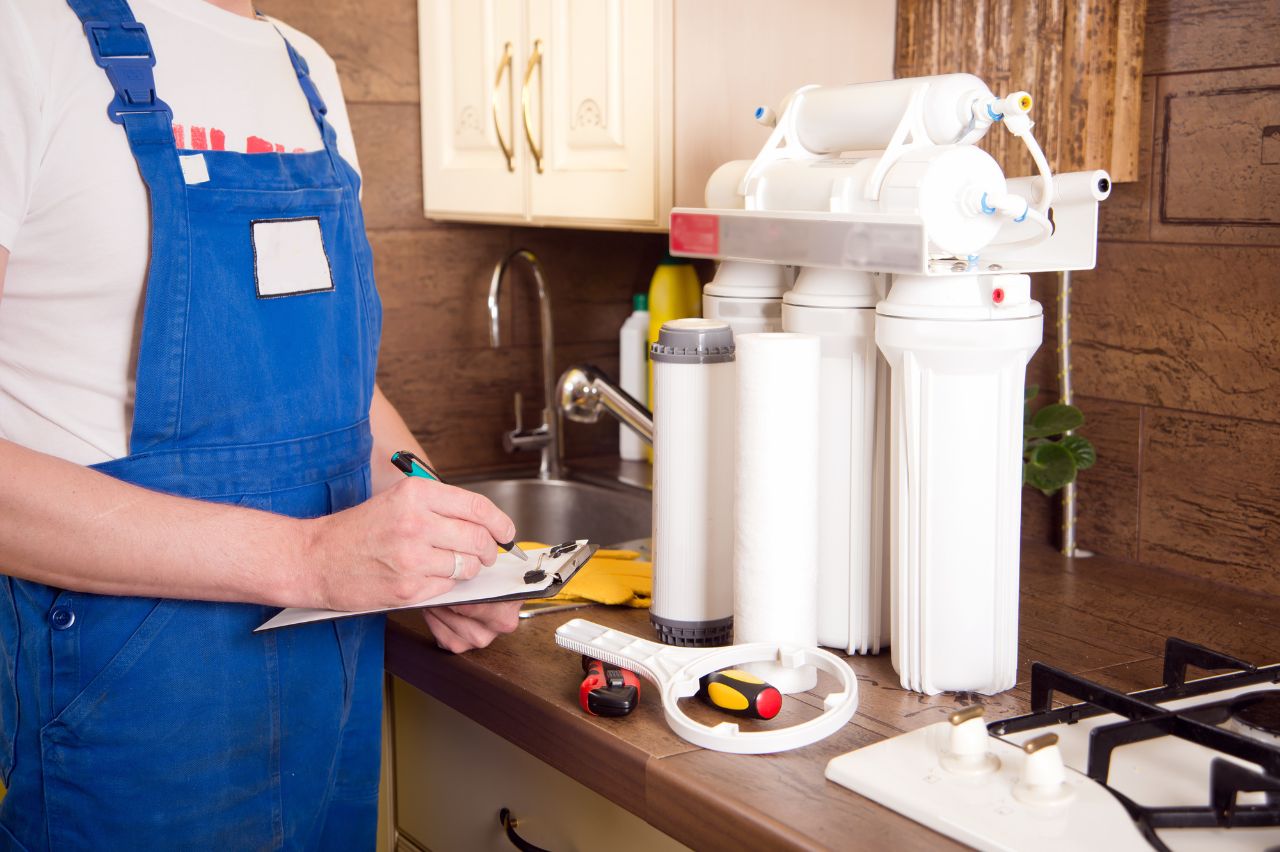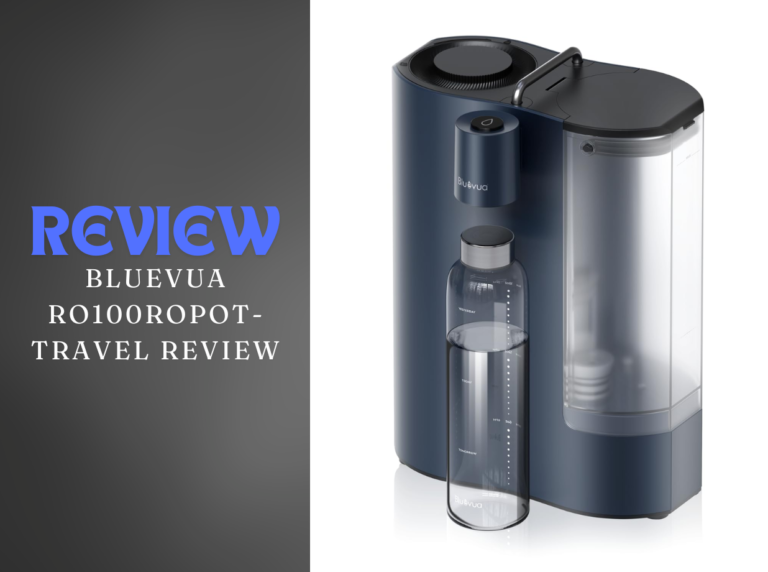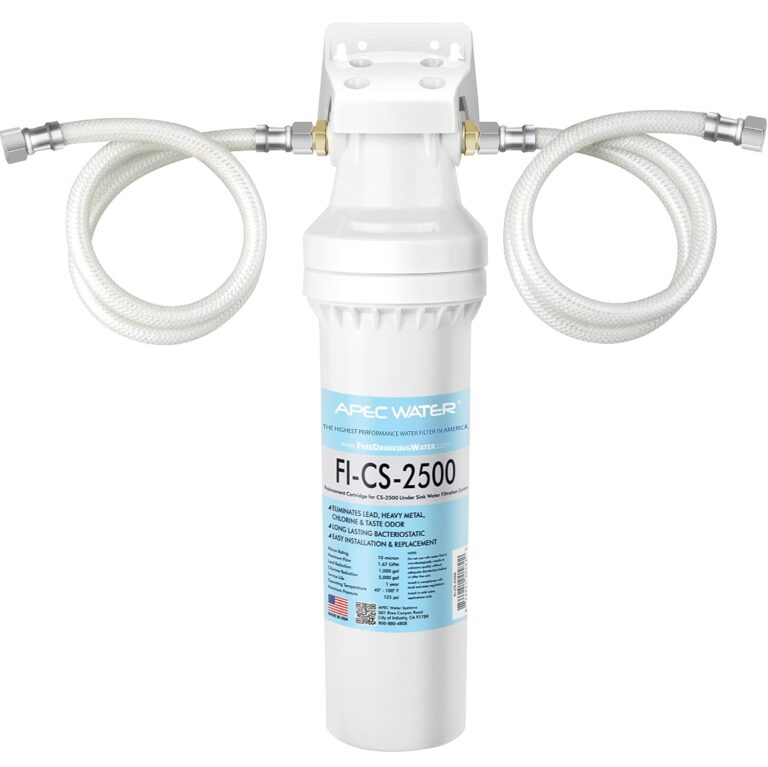How to Size a Water System for Your Home or Business
Are you tired of dealing with a water system that doesn’t meet your household’s needs?
Are you struggling to determine the right size for your water system?
The truth is, sizing your water system can be a complicated task.
Whether you’re a homeowner or a business owner, this guide is a must-read for anyone looking to get the most out of their water system.
So, let’s dive in and start sizing your water system like a pro!
Key Takeaways:
- Proper sizing of a water system is important to meet household needs and avoid issues like low water pressure or wasted water.
- Factors such as household size, water demand, and distance from the water source impact the sizing of the water system.
- There are two types of water systems: jet pumps for shallow wells and submersible pumps for deep wells, each with different sizing requirements.
- Calculating water demand, considering peak demand, and selecting the right pump and pressure tank size are crucial for proper sizing.
- Common mistakes to avoid include undersizing or oversizing the pump and tank and not accounting for peak water demand. Regular maintenance is also essential for optimal performance.
Understanding the basics of a water system
Before we start talking about how to size your water system, let’s first understand the basics of it.
A water system consists of a pump, a pressure tank, and a network of pipes that deliver water to your home or business.
The pump draws water from a well or a municipal water supply and sends it to the pressure tank.
The pressure tank stores the water and maintains a consistent pressure in the pipes.
When you turn on a faucet, the pressure in the pipes drops, and the pressure tank sends water to the faucet to compensate for the drop in pressure.
Why proper sizing is important for your water system
Proper sizing of your water system is critical to ensure that you have enough water supply to meet your household’s needs.
If your water system is undersized, you may experience low water pressure, which can make it difficult to take a shower or wash dishes.
On the other hand, if your water system is oversized, it can result in wasted water and higher energy bills.
Therefore, it’s essential to properly size your water system to ensure that it operates efficiently and effectively.
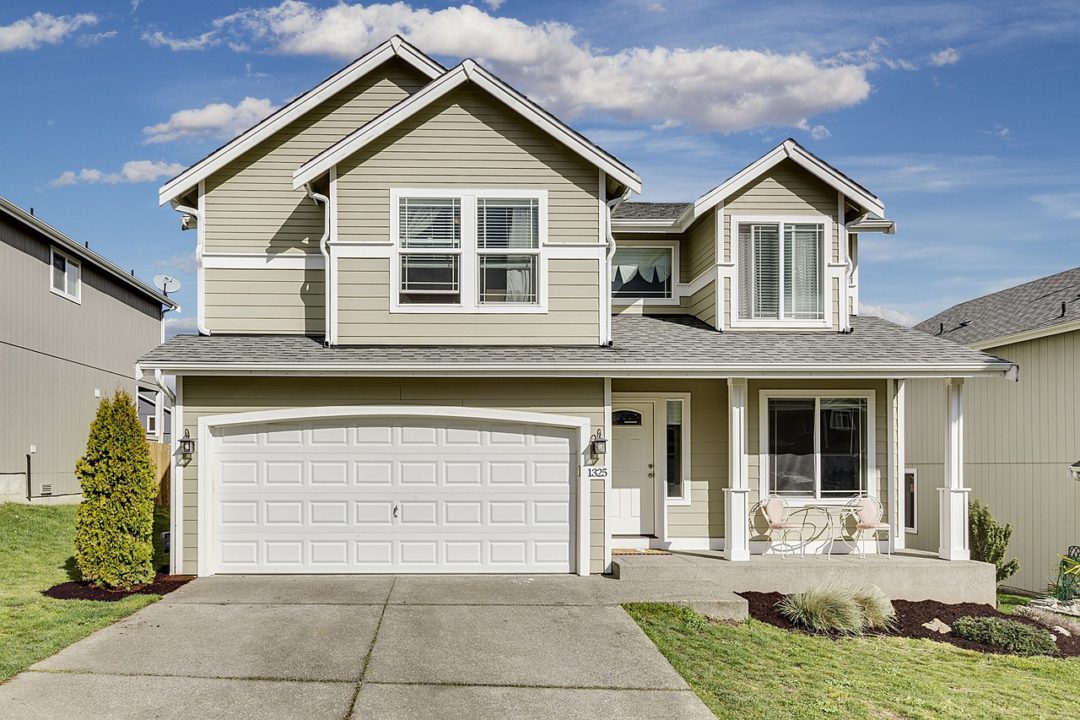
Factors that affect water system sizing
Several factors affect the sizing of your water system. The first factor is the size of your household.
A larger household will require a larger water supply than a smaller household. The second factor is the water demand of your household.
This includes the number of people in your household, the number of bathrooms, and the appliances that use water, such as a dishwasher or a washing machine.
The third factor is the distance between your water source and your home.
If you’re located far from your water source, you may need a larger pump to draw water to your home.
Types of water systems and their sizing requirements
There are two types of water systems: jet pumps and submersible pumps. Jet pumps are typically used in shallow wells, while submersible pumps are used in deep wells.
The sizing requirements for each type of pump are different.
Jet pumps require a larger tank size and a smaller pump size, while submersible pumps require a smaller tank size and a larger pump size.
The size of the tank and the pump will depend on the water demand of your household.
How to calculate water demand for your system
To properly size your water system, you’ll need to calculate your household’s water demand.
This includes the number of people in your household, the number of bathrooms, and the appliances that use water.
The average person uses around 80-100 gallons of water per day.
Therefore, a family of four will use around 320-400 gallons per day.
You’ll also need to factor in the peak water demand of your household, which occurs when everyone is using water at the same time, such as in the morning when everyone is taking a shower.

Tips for selecting the right pump size
Selecting the right pump size is critical to ensure that your water system operates efficiently.
The pump size will depend on the water demand of your household and the distance between your water source and your home.
If you’re located far from your water source, you may need a larger pump to draw water to your home.
However, a larger pump will consume more energy and result in higher energy bills.
Therefore, it’s essential to balance your water demand with the energy consumption of your pump.
Choosing the right pressure tank size
The pressure tank is an essential component of your water system as it regulates the pressure in the pipes and stores water for peak demand.
The size of the pressure tank will depend on the water demand of your household and the size of your pump.
A larger pump will require a larger pressure tank to store water, while a smaller pump will require a smaller pressure tank.
It’s important to choose the right pressure tank size to ensure that your water system operates efficiently and effectively.
Sizing considerations for water treatment systems
If you have a water treatment system, such as a water softener or a filter, you’ll need to factor in the size of the system when sizing your water system.
Water treatment systems require a certain flow rate to operate effectively, and if your water system doesn’t provide enough flow, your treatment system will not work correctly.
Therefore, it’s essential to size your water system to ensure that your treatment system operates efficiently.
Common mistakes to avoid when sizing your water system
One of the most common mistakes people make when sizing their water system is undersizing the pump and tank.
Undersizing can result in low water pressure and a lack of water supply.
Another common mistake is oversizing the pump and tank, which can result in wasted water and higher energy bills.
It’s essential to properly size your water system to ensure that it operates efficiently and effectively.
Another common mistake is not factoring in the peak water demand of your household.
Peak demand occurs when everyone is using water at the same time, such as in the morning when everyone is taking a shower.
If your water system is not sized to handle peak demand, you may experience low water pressure and a lack of water supply.
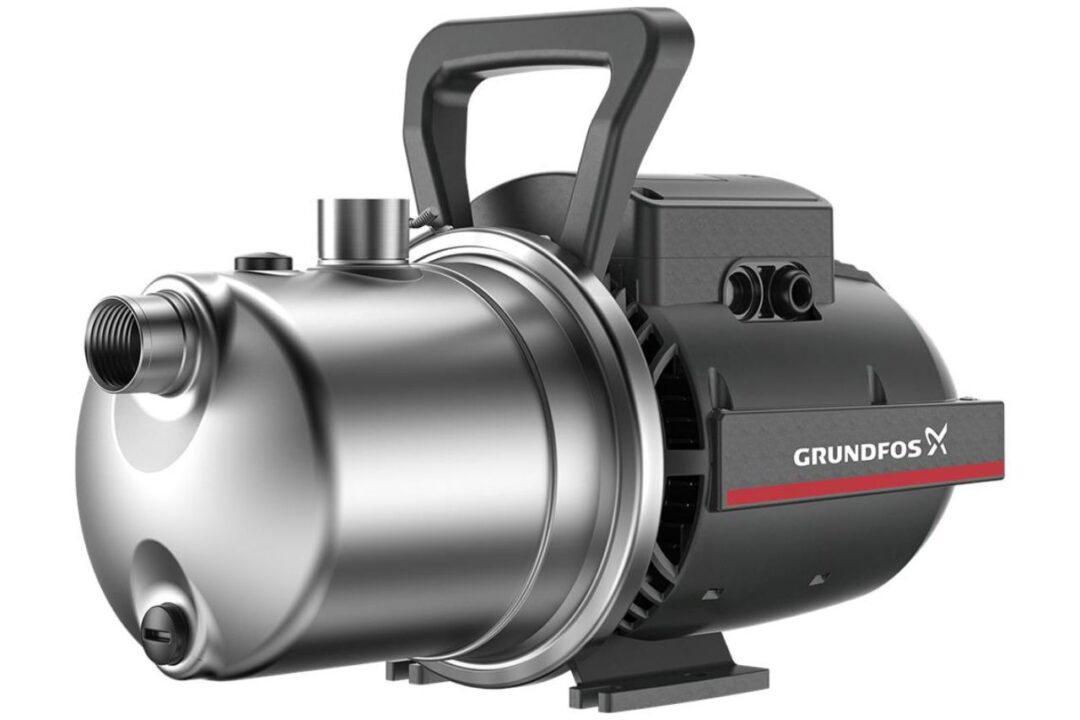
Conclusion
Sizing your water system can be a complicated task, but it’s essential to ensure that your household’s needs are met.
Understanding the basics of your water system, calculating your household’s water demand, and selecting the right pump and tank size are all critical to ensuring that your water system operates efficiently and effectively.
By avoiding common mistakes and properly maintaining your water system, you can get the most out of your water system and enjoy a reliable water supply for years to come.

